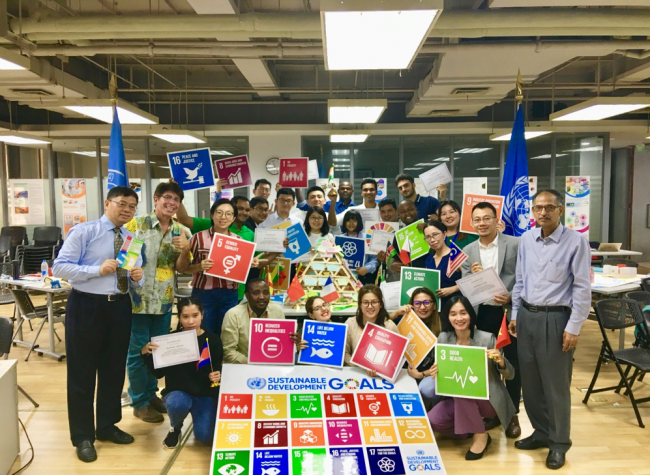Search

The Institute of Environment for Sustainable Development (IESD) of TongjiUniversity in collaboration with UNEP conducted a one-week training seminarfrom 23 to 27 September 2019. Sustainable Goals were the main agenda as theyare a follow up of the Millennium Goals that were set to be met at the global level.The event attracted participants from several countries in the Asia-Pacificregion as well as some from the African region.

The theme was Sustainable Consumptionand Production which mostly focuses on goal number 12 in the SDGs (Sustainable DevelopmentGoals). The conference has been held for the last 16th years since2004. Tongji university has been the proud host of all the events.
The programme was a one-week event distributed through the week witha tour to the BMW Experience and the Coca-Cola Museum in Shanghai. Classsessions were a combination of lectures and intensive group work. The main facilitatorwas Mr. Robert Steele who is the director of Systainability Asia. He was responsiblefor the introduction and definition of the theme in accordance with theobjectives of the course. Participants were lucky to gain from the wealth ofknowledge of Mr. Steele and guest speakers for the event namely: Mr. MaheshPradhan, Dr. Chun-Ming Hsieh, Dr. Wang Ying, Dr. Wang Hongtao, Dr. LiuXiaochen, Dr. Zhang Chao, Dr. Wang Xin and Dr. Keith Alverson.
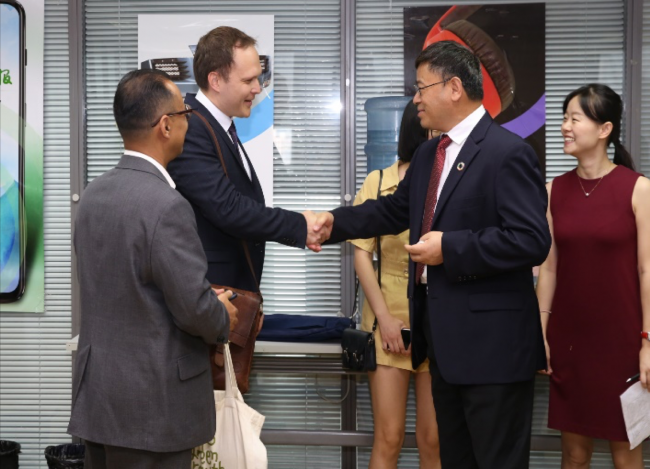
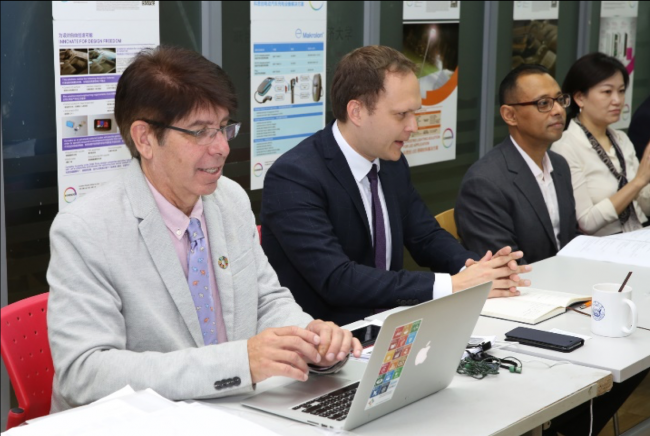
The course was introduced by recognizing the three majorinterlinkages for sustainable production and consumption: Human (soul, mind andbody), environment (air, land and water) and sustainable development(environment, economy and society). As much as sustainable development is much known,some aspects are still not clear and well defined. The definitions need to beflexible and holistic so as to encompass more considerations. We recognize thatwe need to meet our current needs without compromising that of futuregenerations to meet their own needs. It is expanded to shift the mindsettowards a systems approach towards attaining sustainable development
The goal 12 was closely tied to most of the other goals. Some goalswere interconnected and need to be achieved simultaneously if the desiredimpact is to be realized. The participants were subjected to an appendix ofcorrelation of the goals. The range was from total disconnection to close connectionthat are inseparable. Issues that revolve around water, food and energy werediscussed in length and possible solutions discussed. This required groups todiscuss and come up with ways to maneuver through the challenges. Mr. Steeleemphasized the balance between realizing development goals and conserving theenvironment.
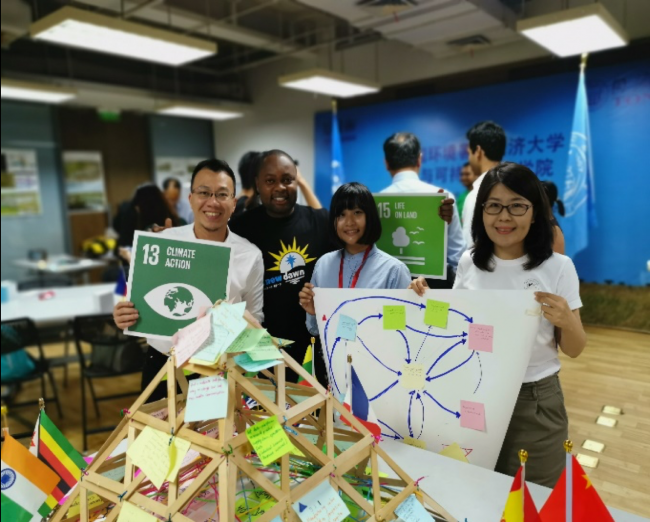
Urbanization in the Asia-Pacific region is increasing the demand fornatural resources. They are used for industrial and domestic purposes dependingon the region. The fastest growing cities are within this area making them agood case study for the shift to urbanization. Dr. Wang Ying is the lead authorof the GEO 6 AP report, she shared the process of data collection,interpretation and publication process of the reports. There are regionalreports from the different continents that are later combined to produce theglobal report. The Global Environmental Outlook report (GEO) is keen on thetrends of the state of the environment. It follows the DPSIR framework to tracethe problem from the source and the associated implications.
The College of Architecture and Engineering introduced the nexusbetween food, water and energy. Solar power was the focal case study as it isthe least controversial of the carbon neutral renewable sources. The linkagesbetween energy production and consumption with food production and consumptionwas explained. Dr. Wang Xin, Vice Dean of IESD, showed the trends of solar energyproduction and consumption. He also explained the steps the government hastaken to encourage the use of solar energy and the associated challenges thatemerged.
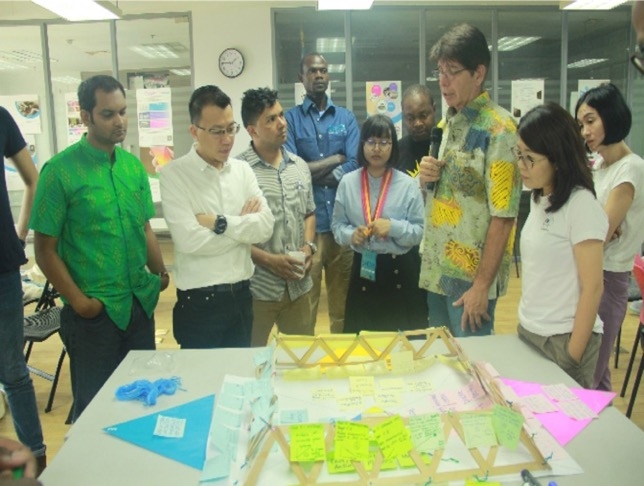
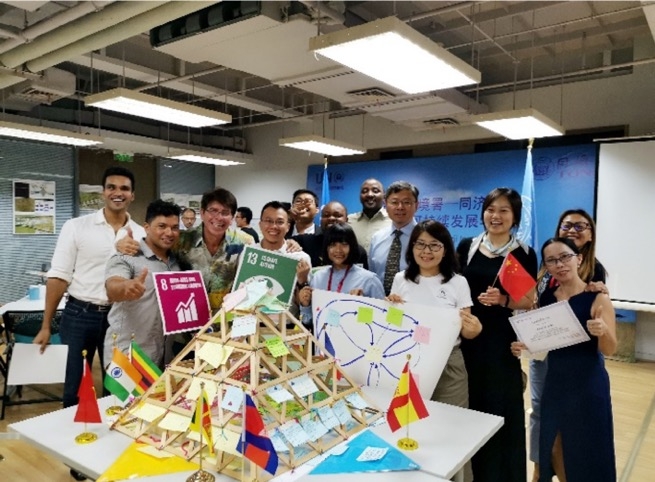
The last day of the course was more of areflection of what was learned during the week. The participants were dividedinto four groups: nature, economy, society and well-being. Each group was toidentify a target, come up with indicators, develop solutions to the problemand finally make decisions.
